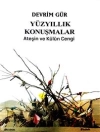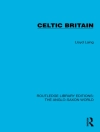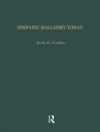As the visual representation of an essentially oral text, Sylvia Huot points out, the medieval illuminated manuscript has a theatrical, performative quality. She perceives the tension between implied oral performance and real visual artifact as a fundamental aspect of thirteenth- and fourteenth-century poetics. In this generously illustrated volume, Huot examines manuscript texts both from the performance-oriented lyric tradition of chanson courtoise, or courtly love lyric, and from the self-consciously literary tradition of Old French narrative poetry. She demonstrates that the evolution of the lyrical romance and dit, narrative poems which incorporate thematic and rhetorical elements of the lyric, was responsible for a progressive redefinition of lyric poetry as a written medium and the emergence of an explicitly written literary tradition uniting lyric and narrative poetics.
Huot first investigates the nature of the vernacular book in the thirteenth and fourteenth centuries, analyzing organization, page layout, rubrication, and illumination in a series of manuscripts. She then describes the relationship between poetics and manuscript format in specific texts, including works by widely read medieval authors such as Guillaume de Lorris, Jean de Meun, and Guillaume de Machaut, as well as by lesser-known writers including Nicole de Margival and Watriquet de Couvin. Huot focuses on the writers’ characteristic modifications of lyric poetics; their use of writing and performance as theme; their treatment of the poet as singer or writer; and of the lady as implied reader or listener; and the ways in which these features of the text were elaborated by scribes and illuminators. Her readings reveal how medieval poets and book-makers conceived their common project, and how they distinguished their respective roles.
关于作者
Sylvia Huot is Professor of Medieval French Literature at the University of Cambridge and Fellow of Pembroke College.












